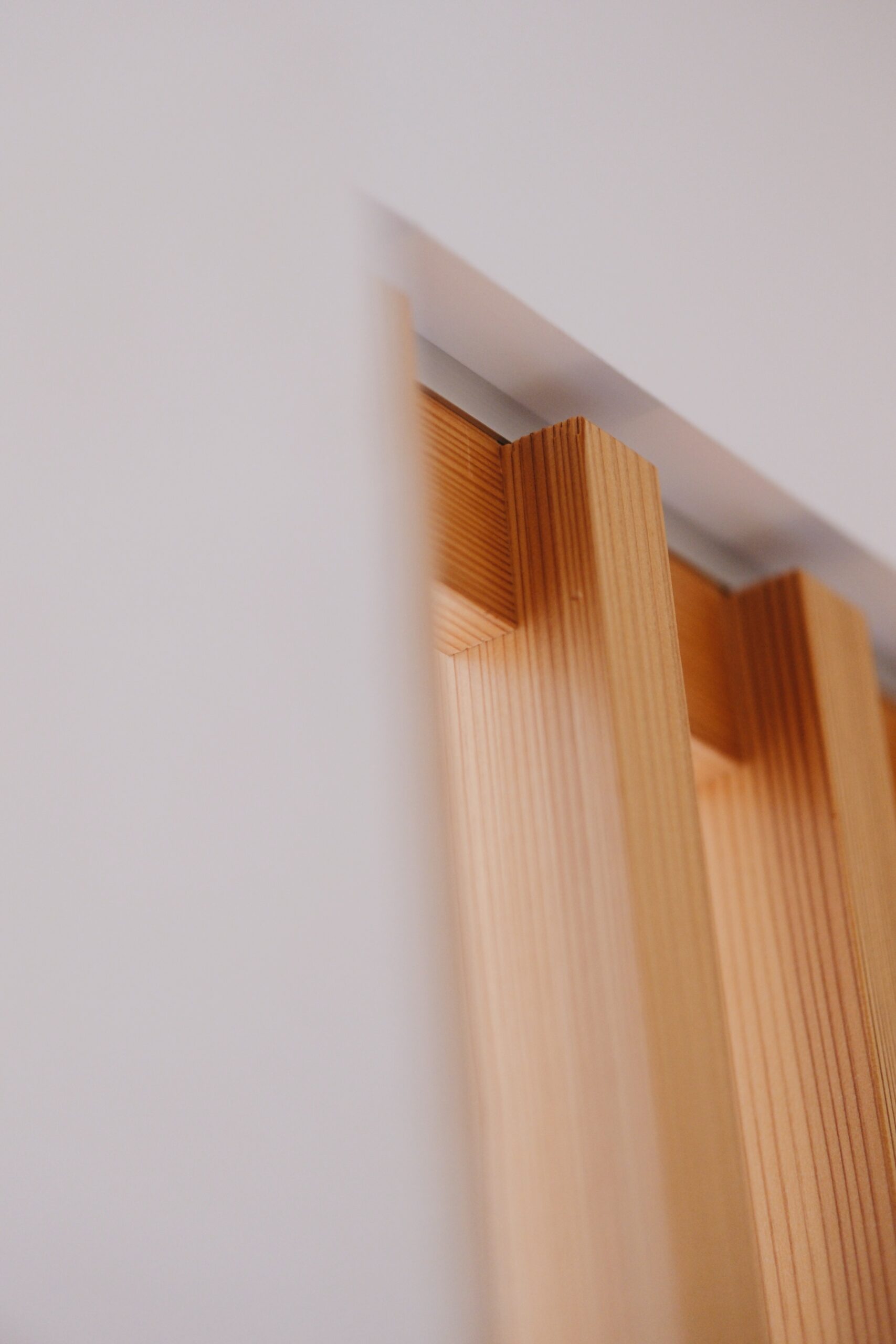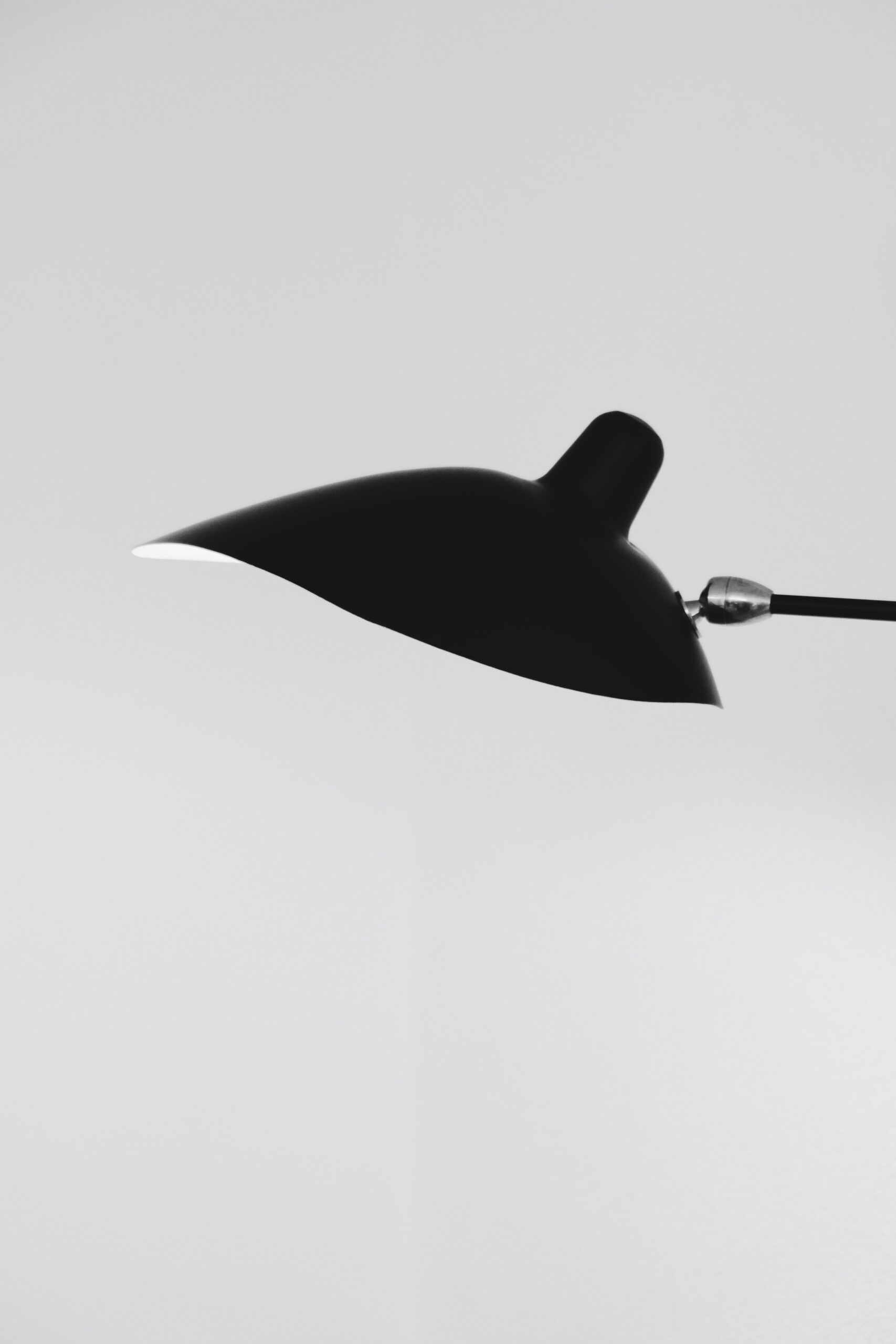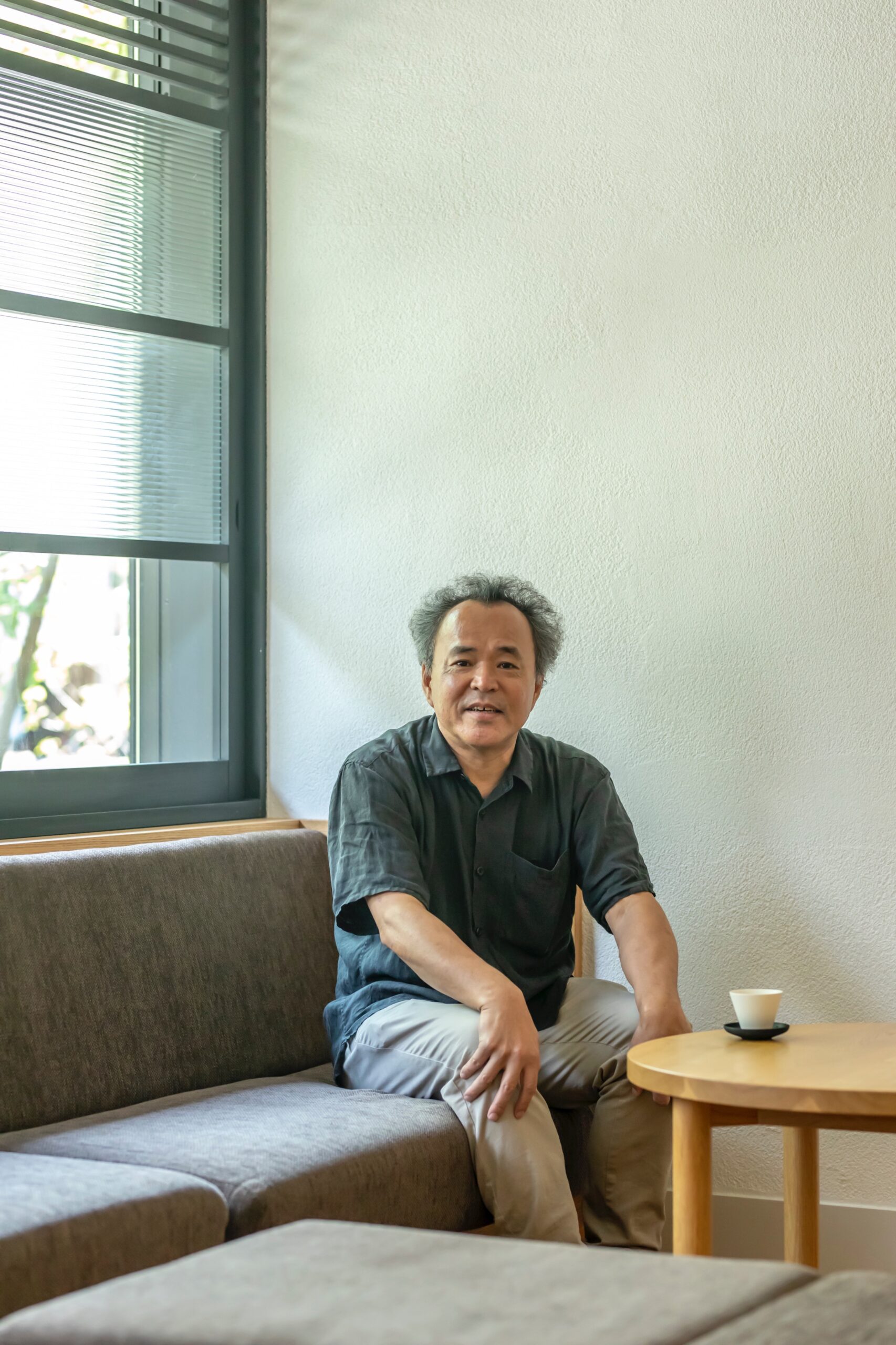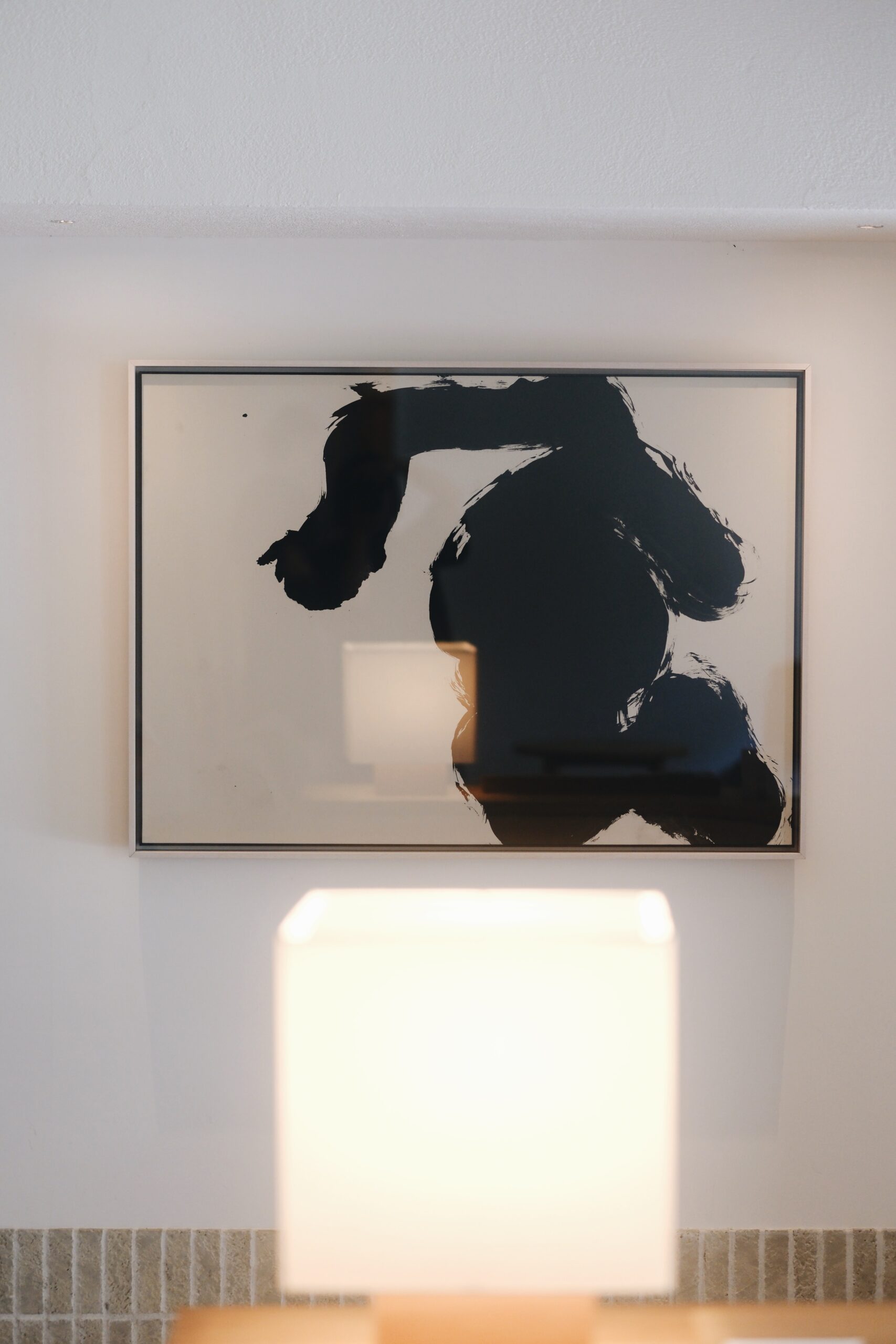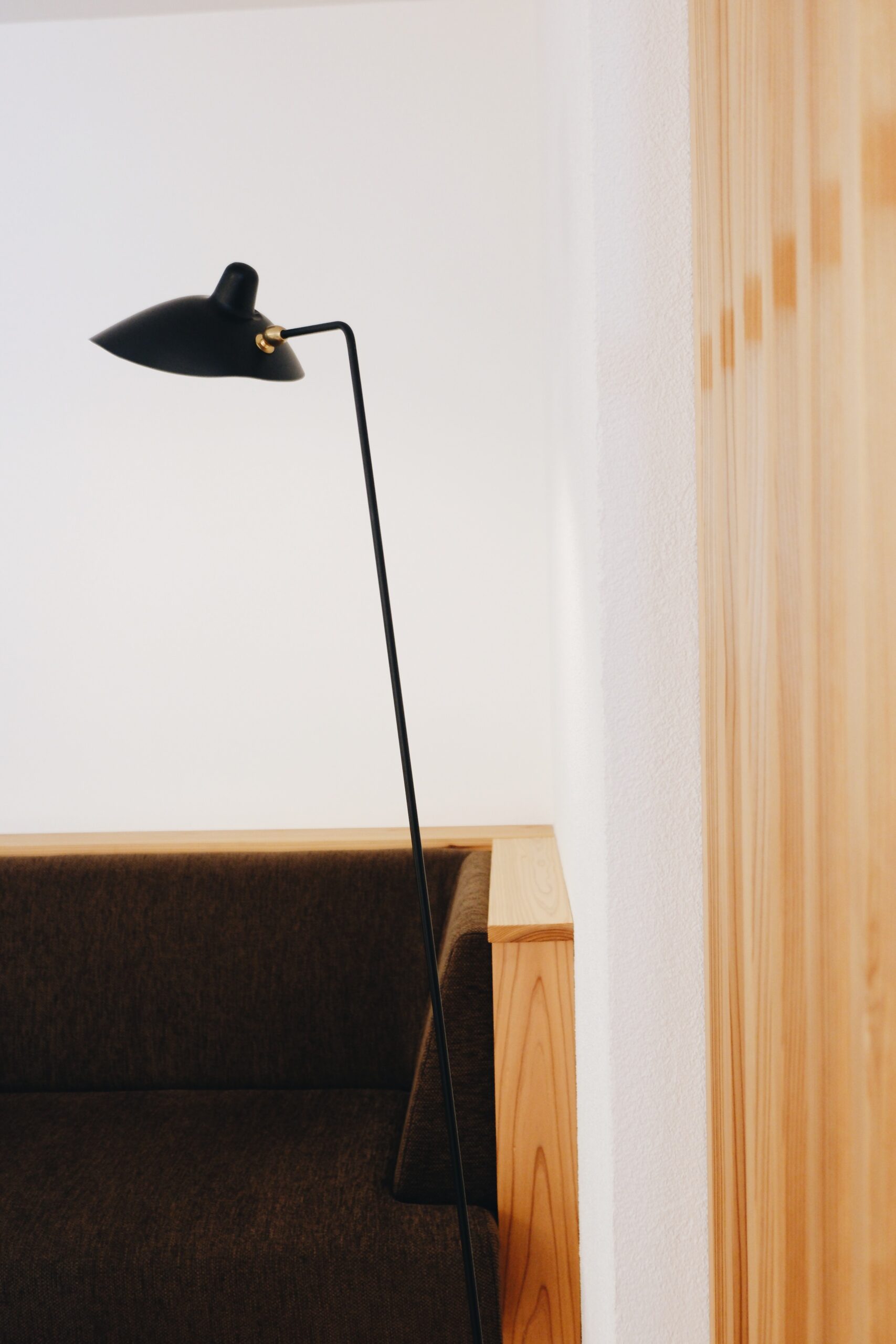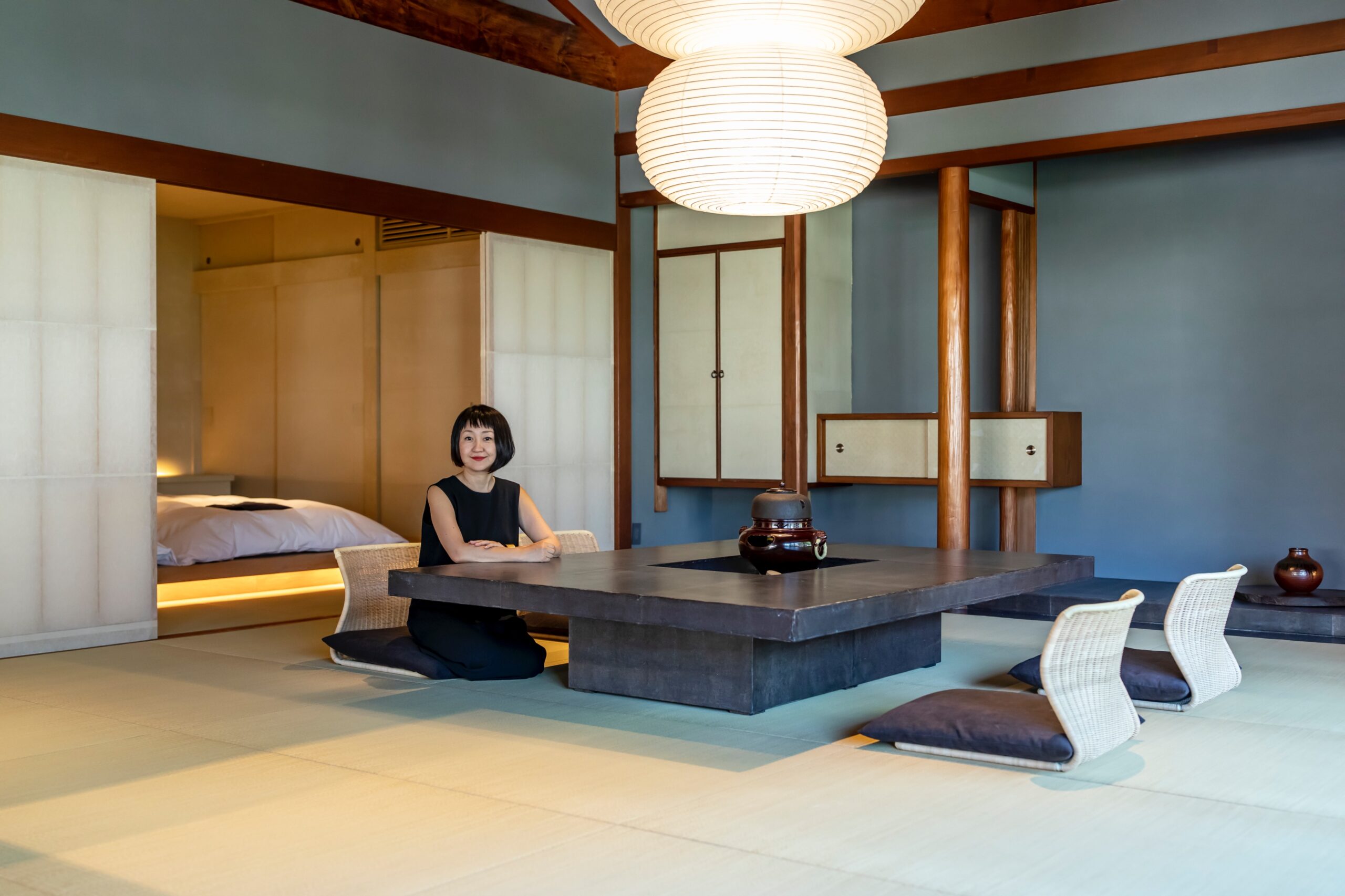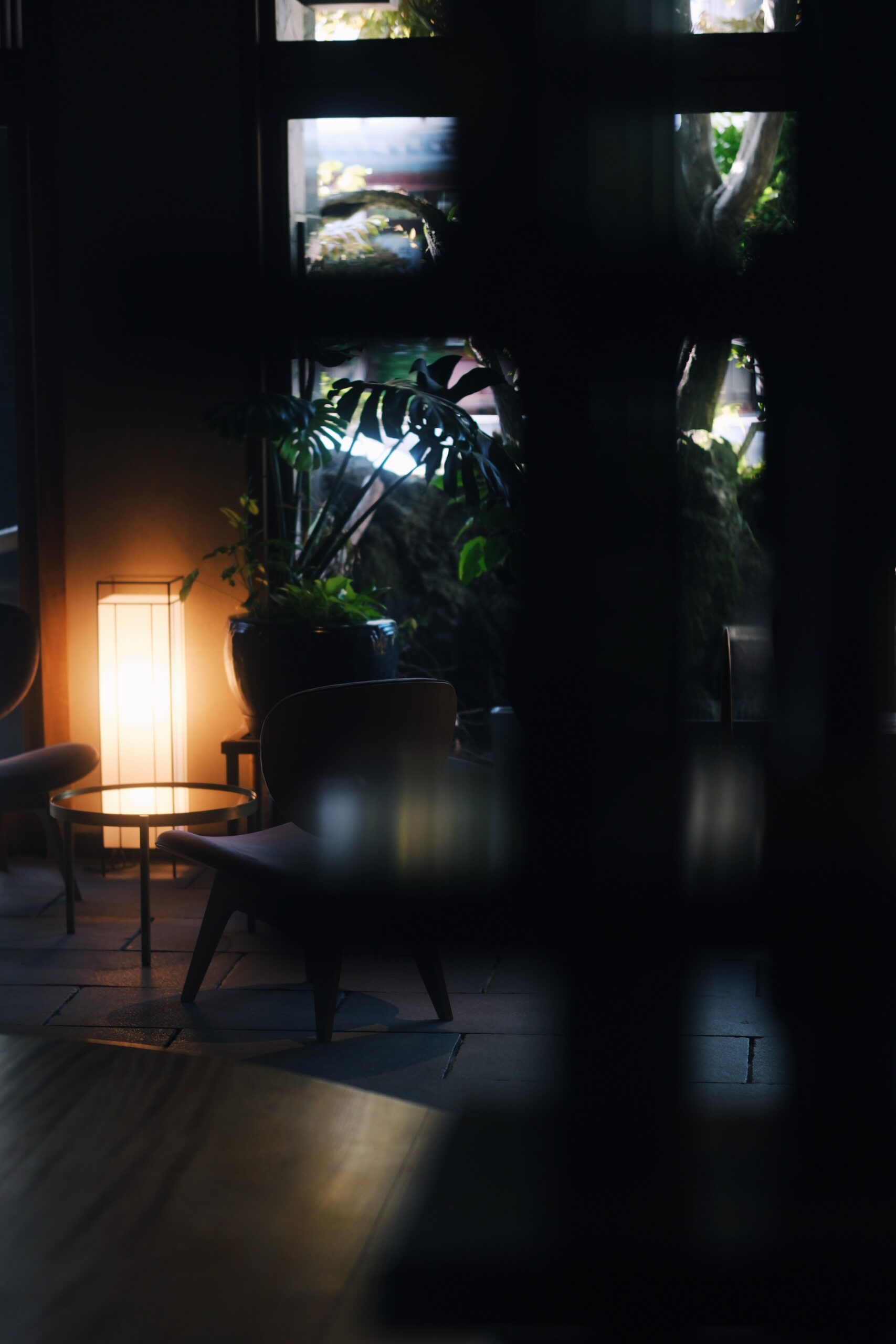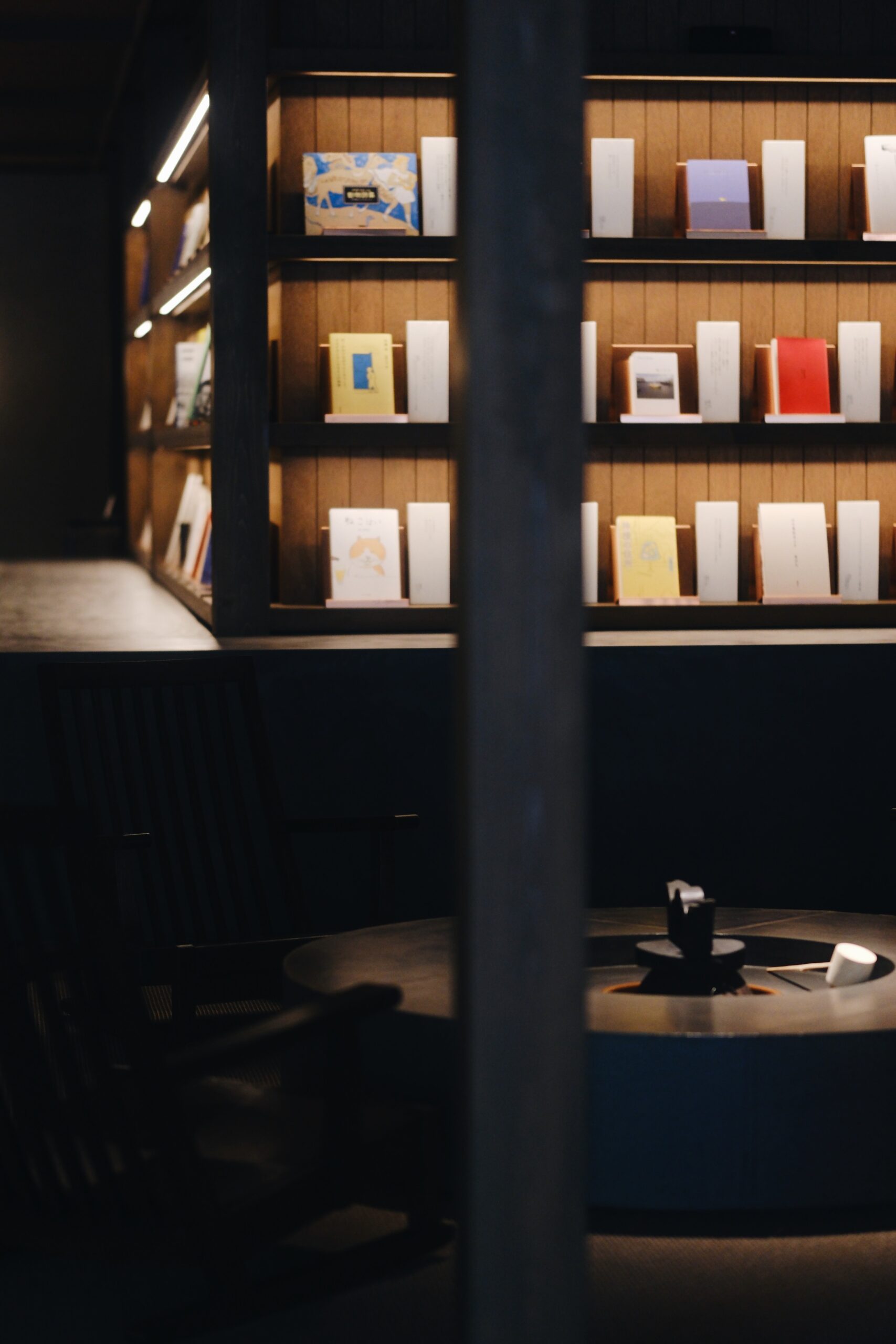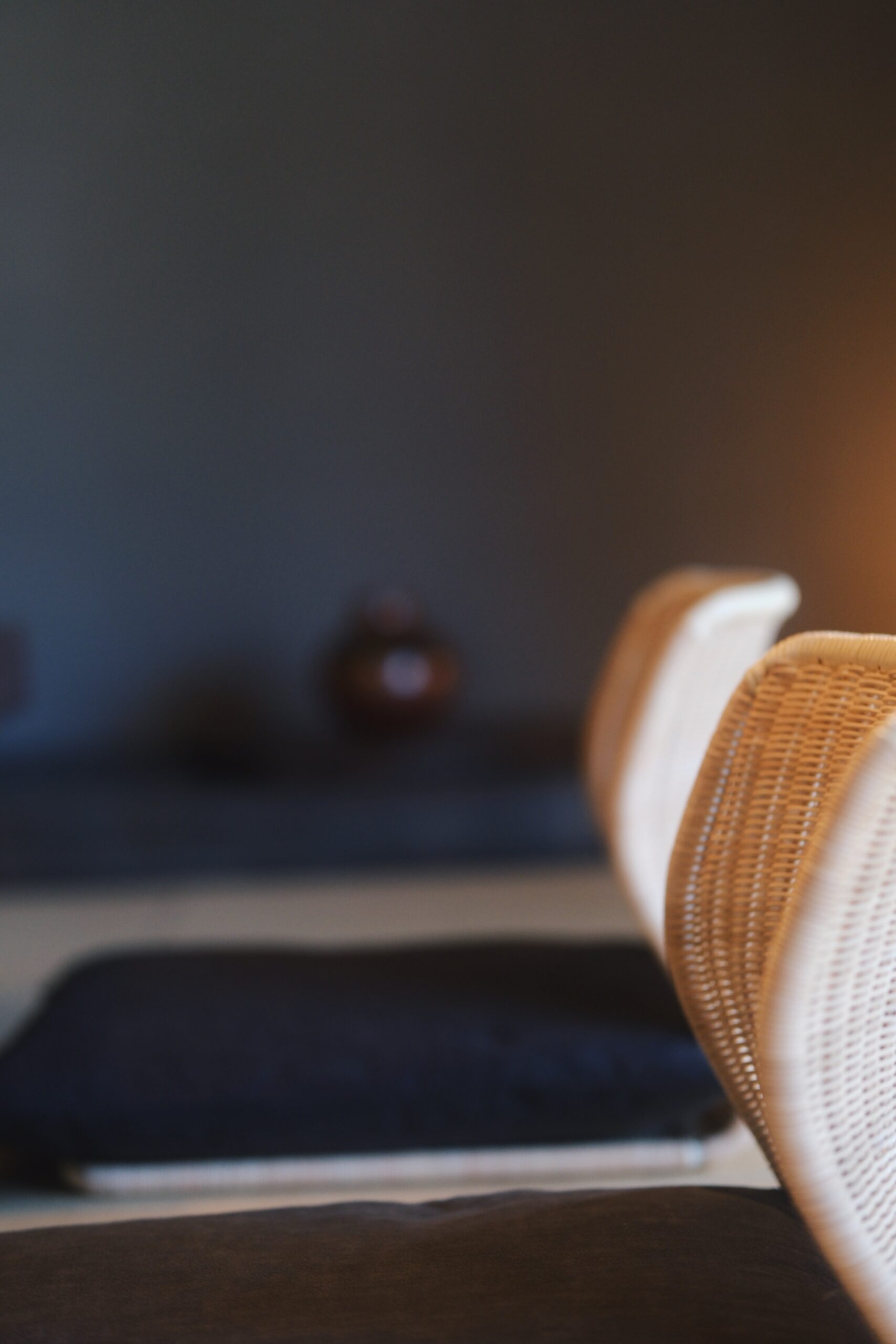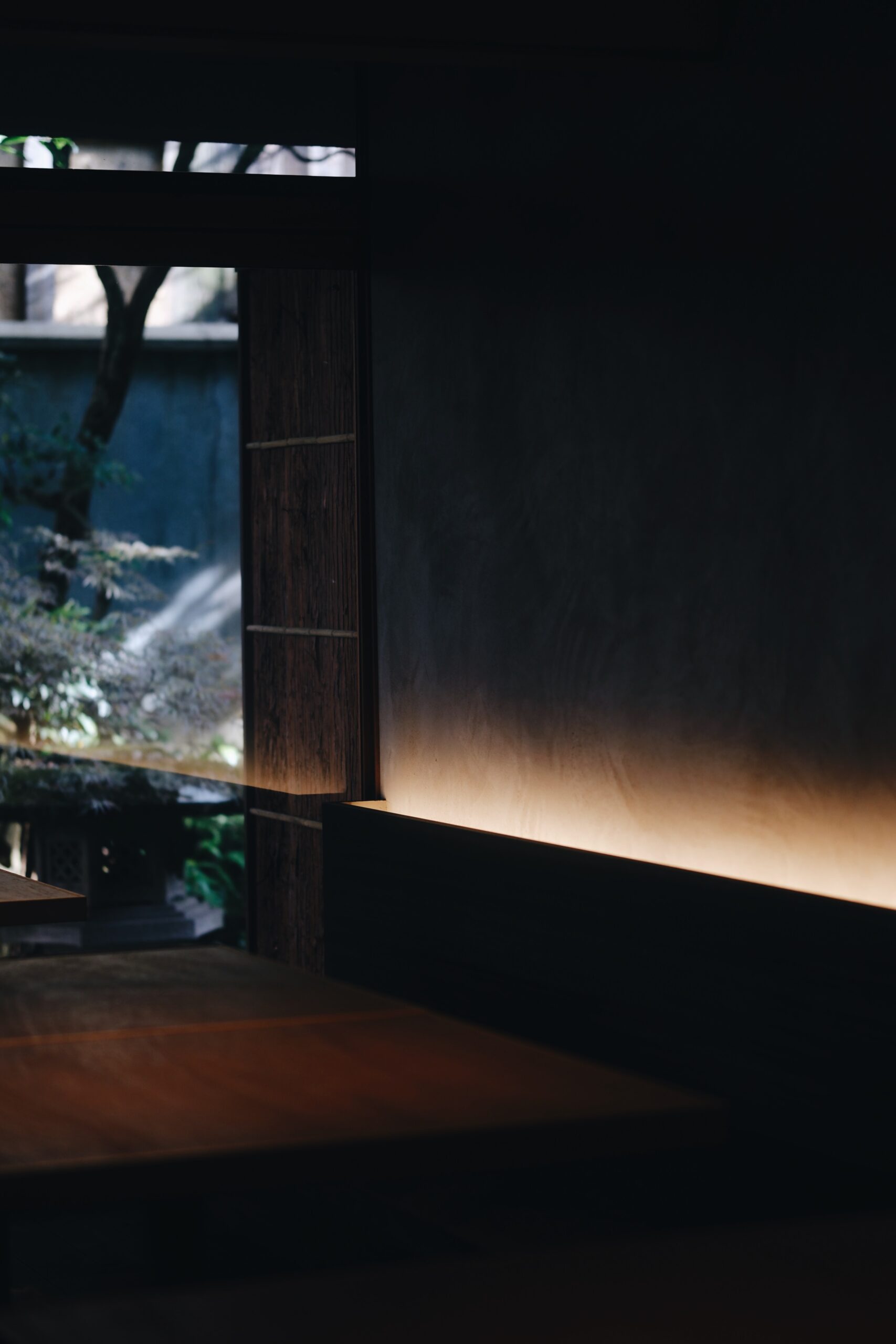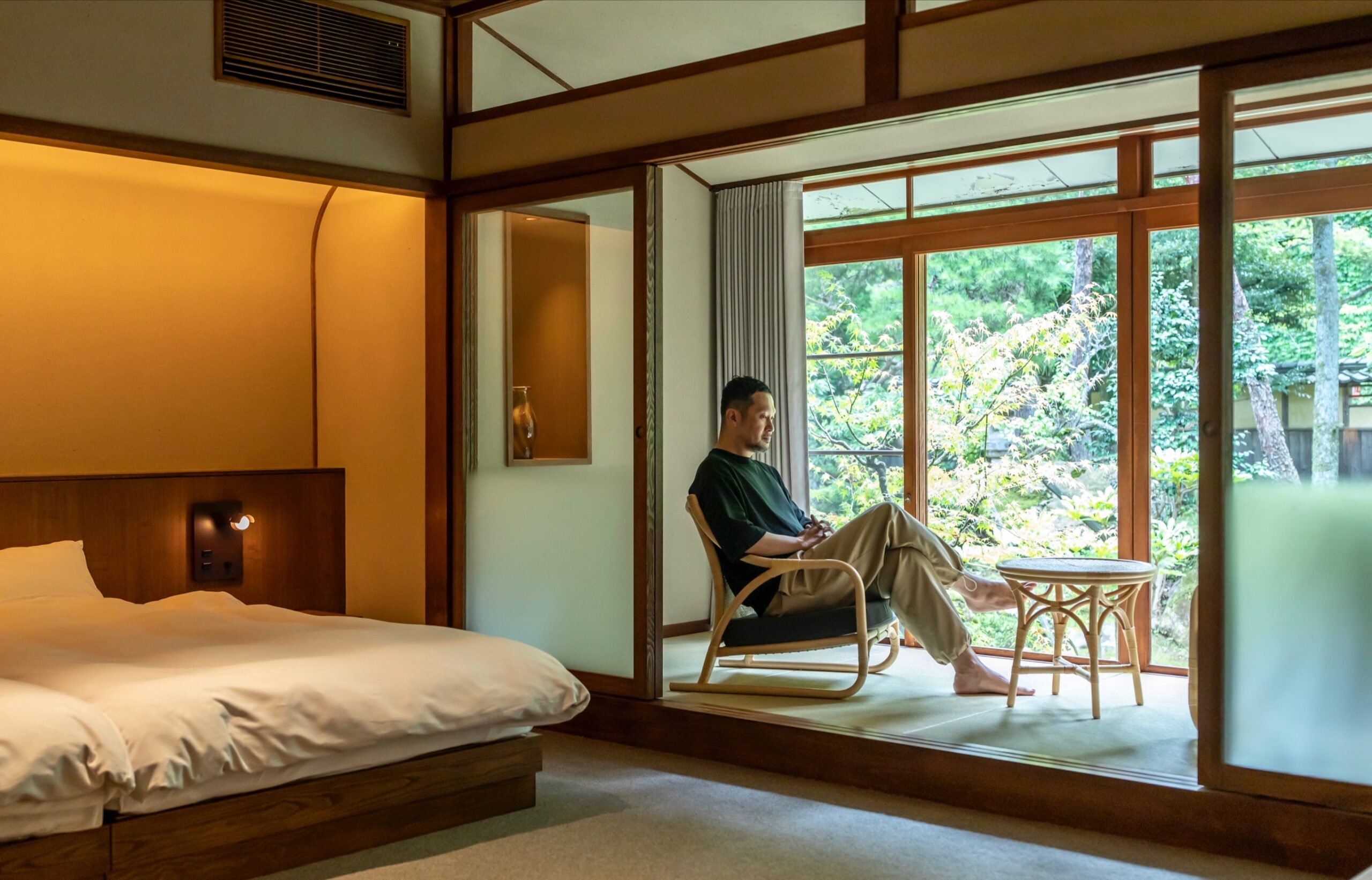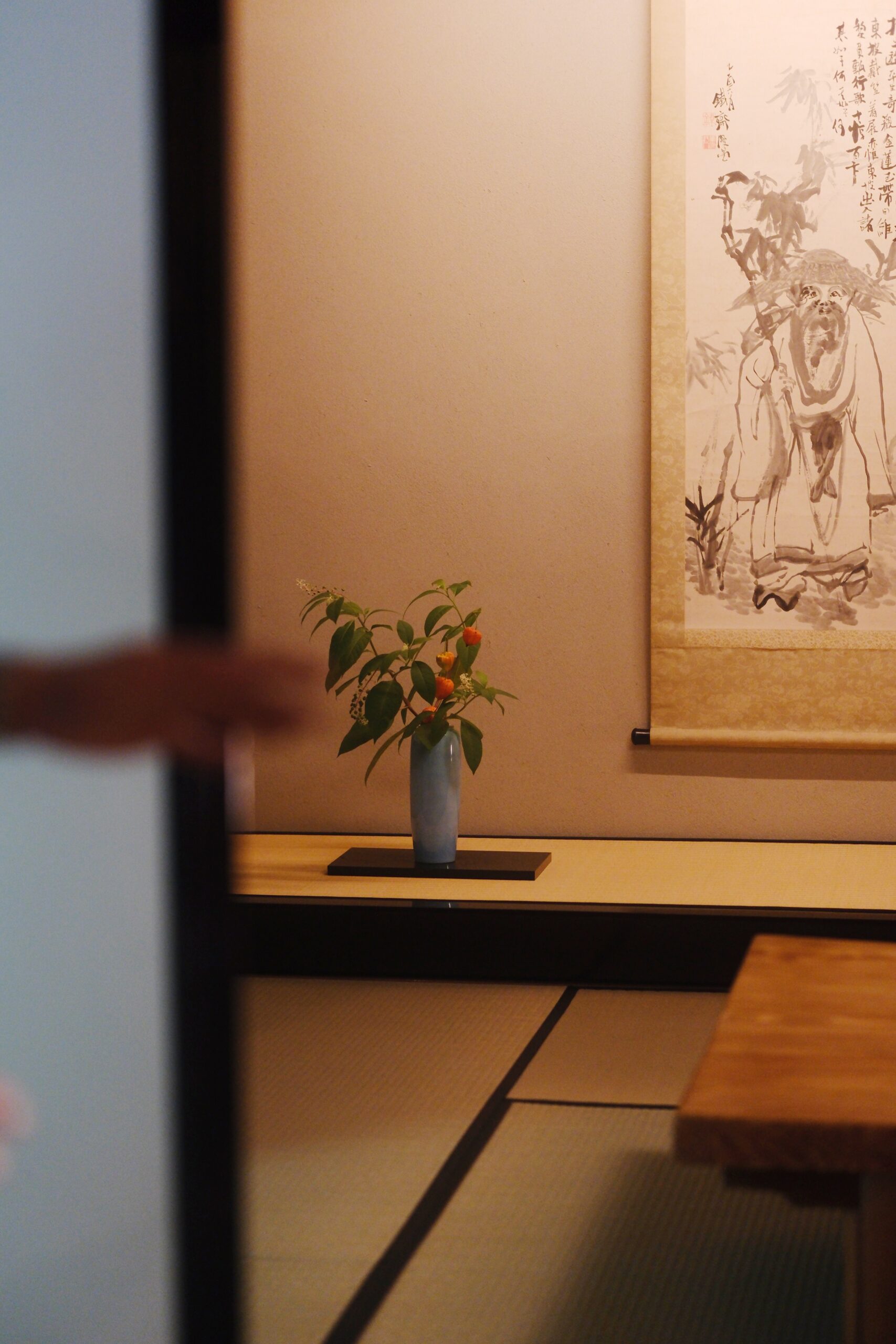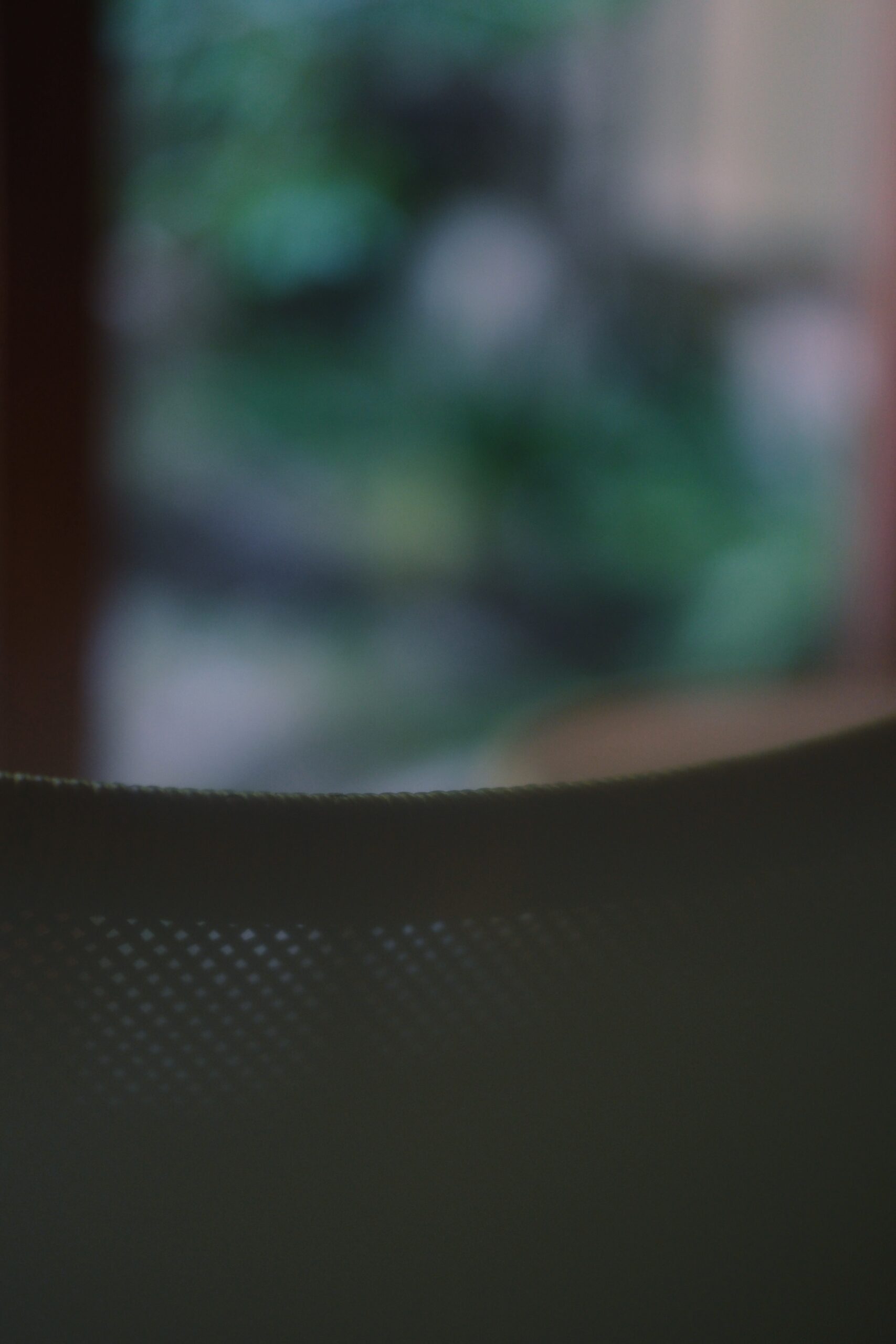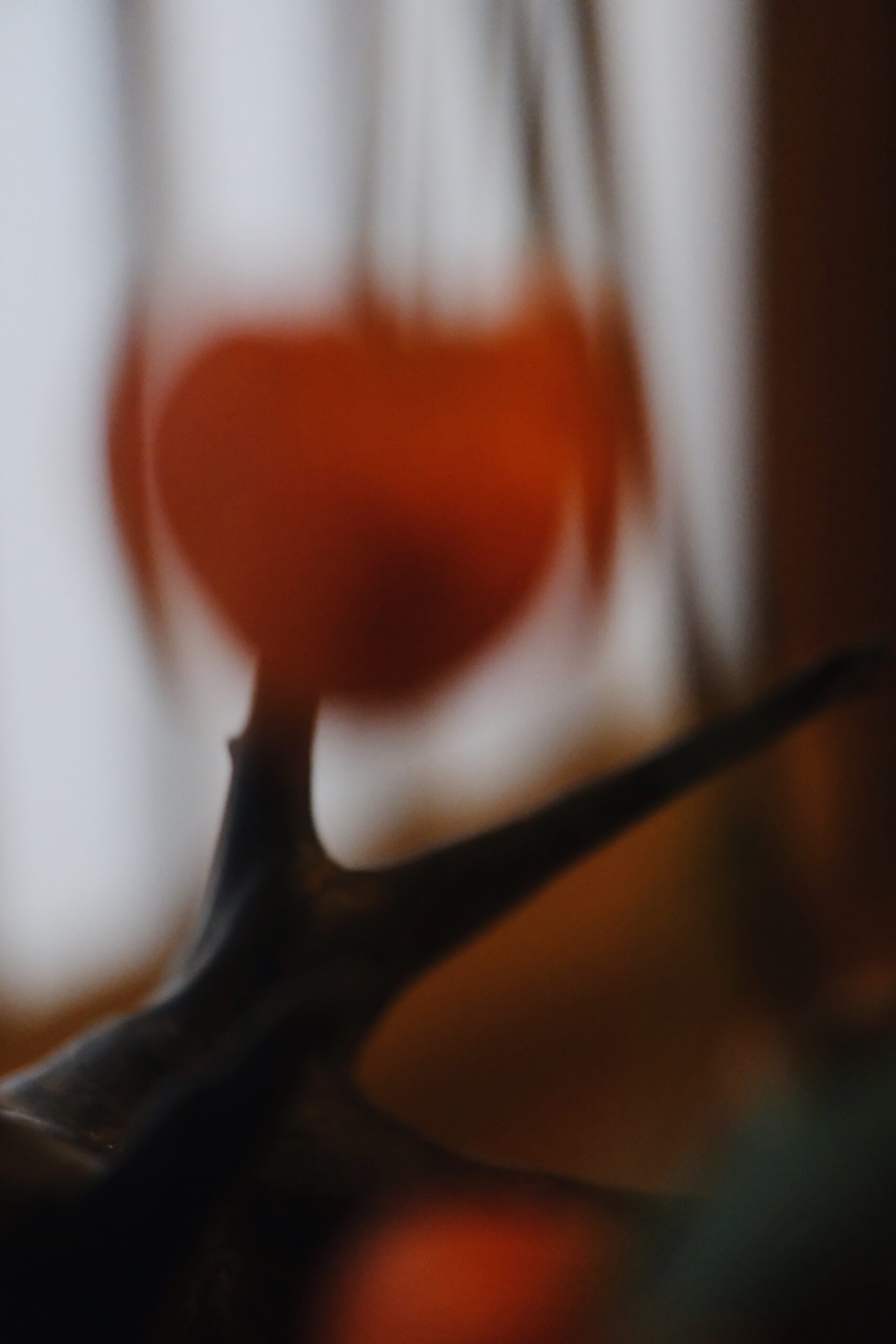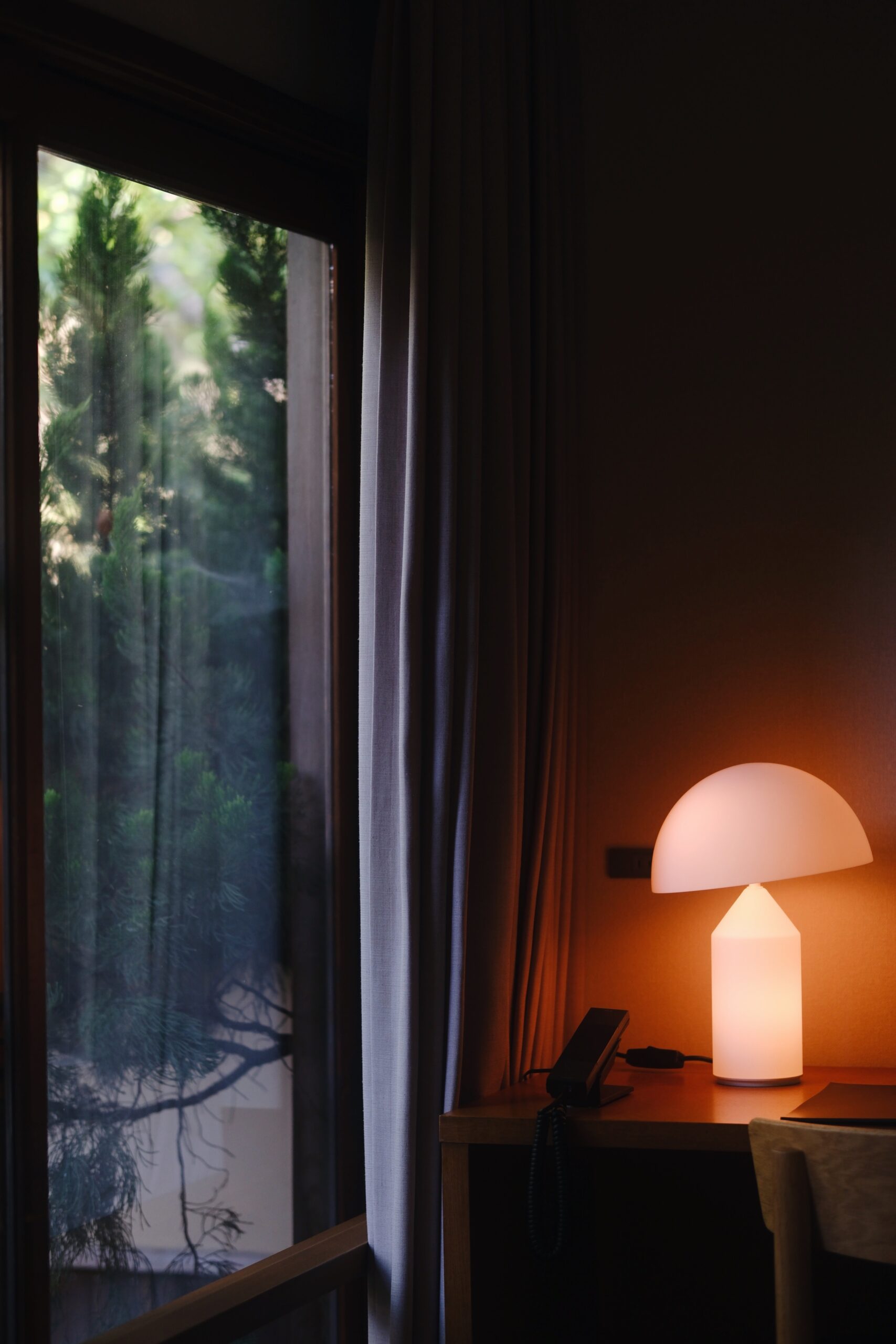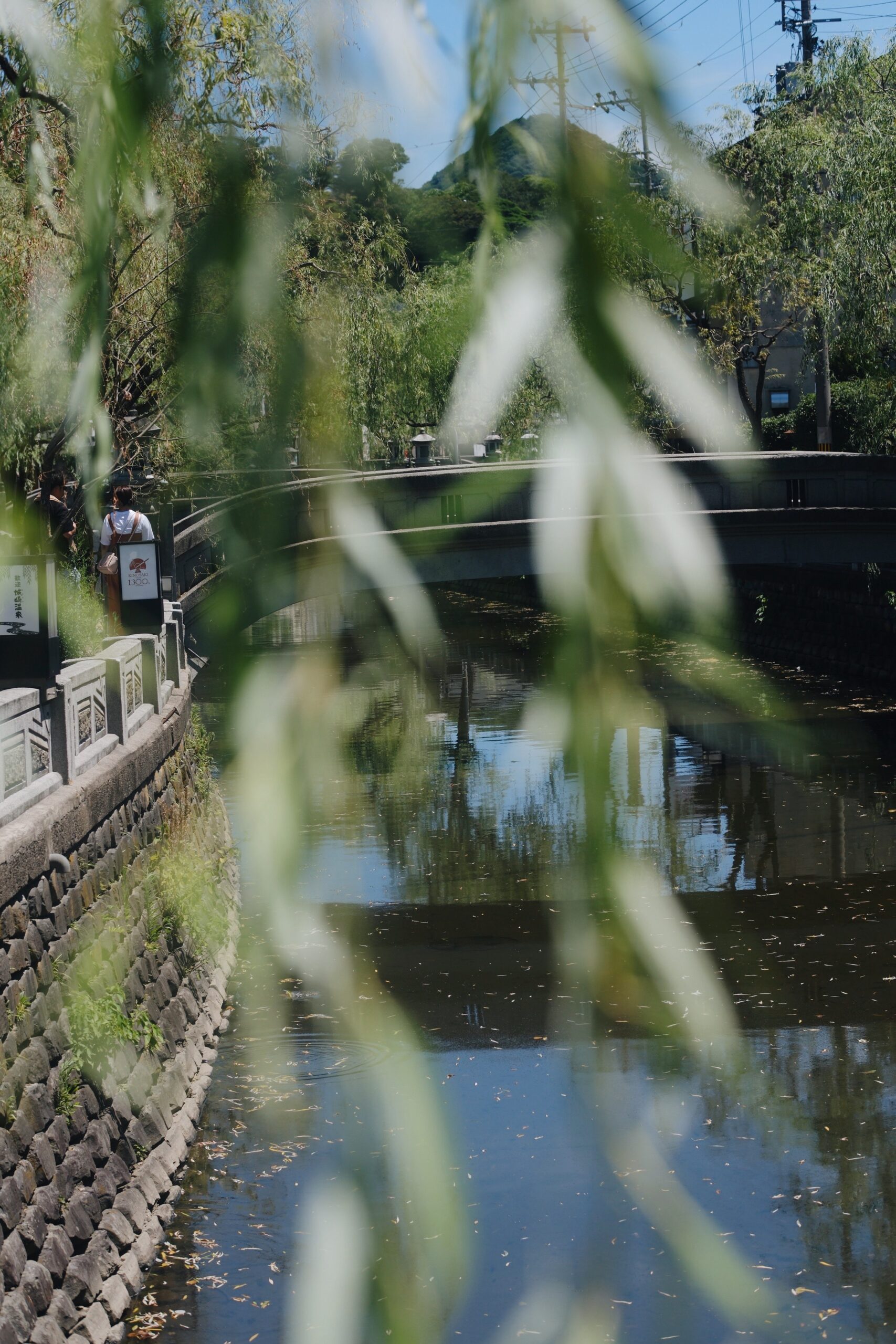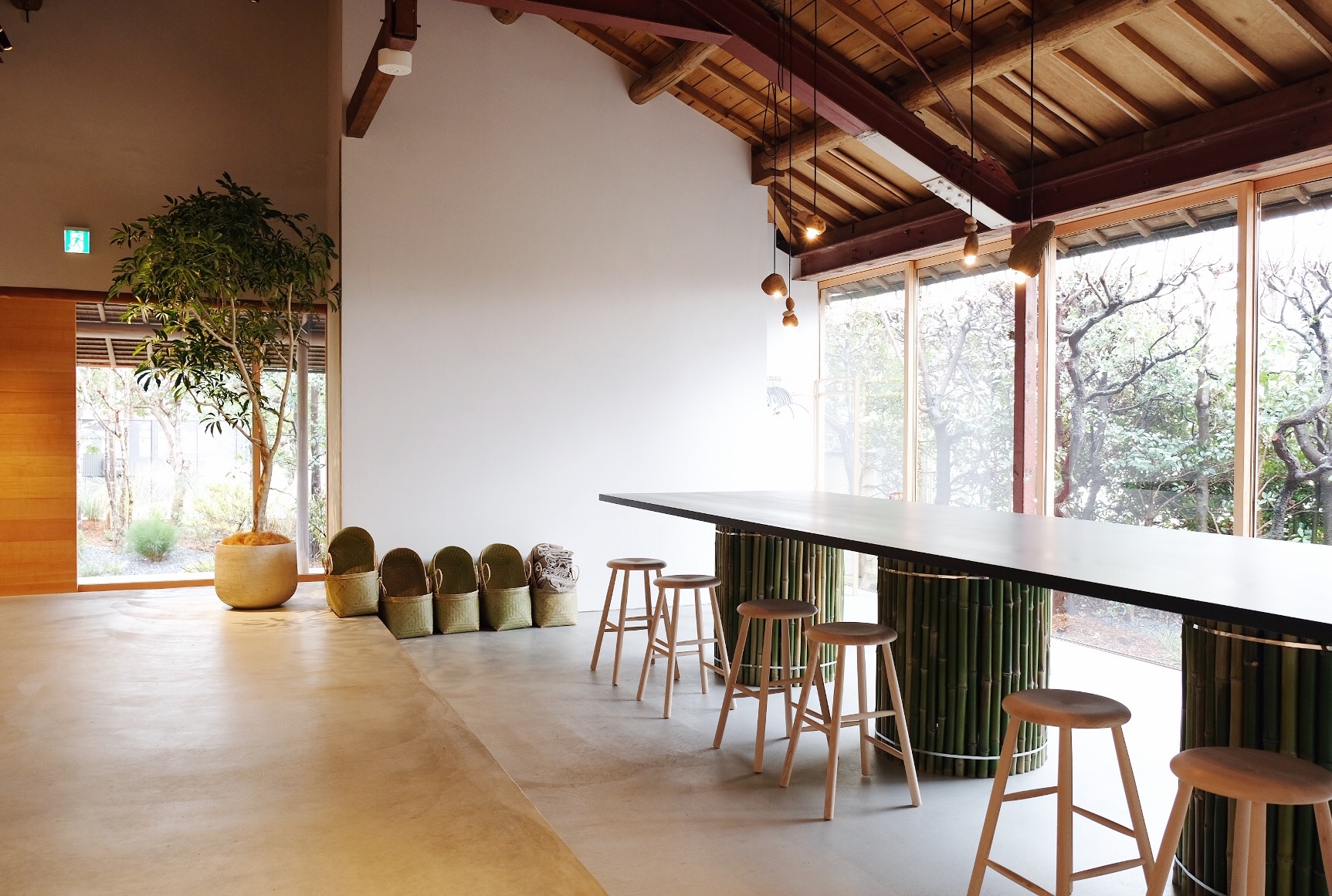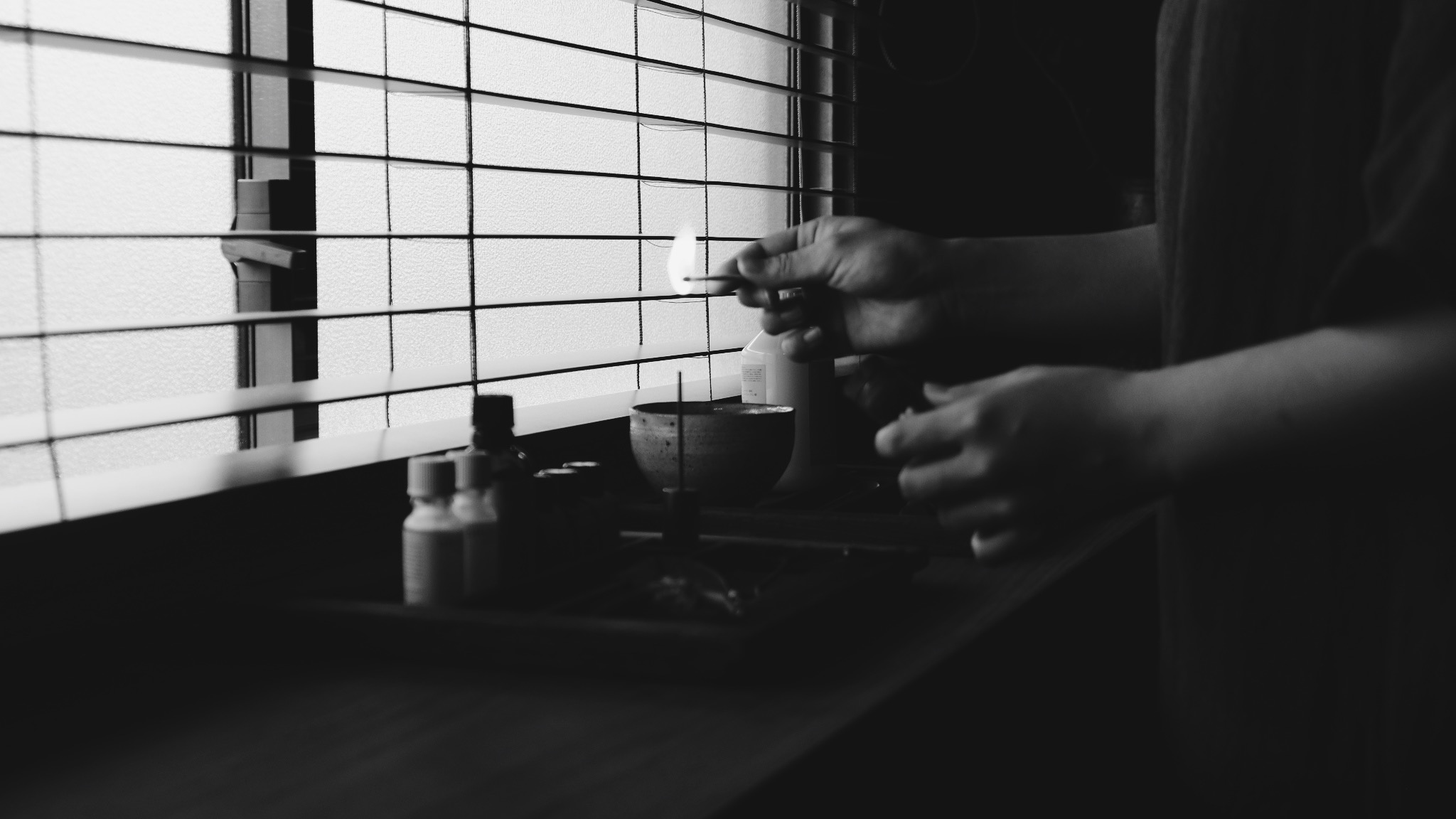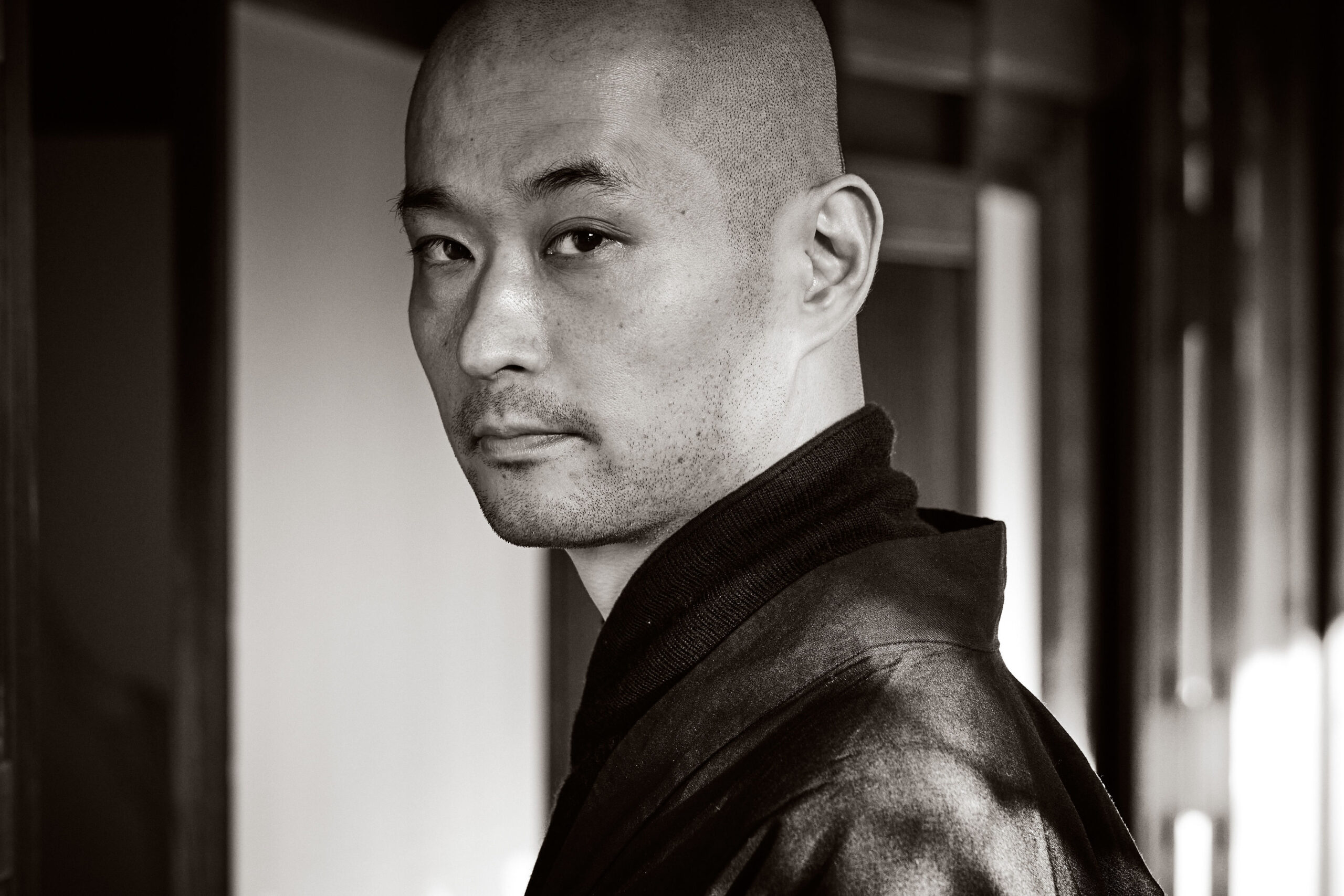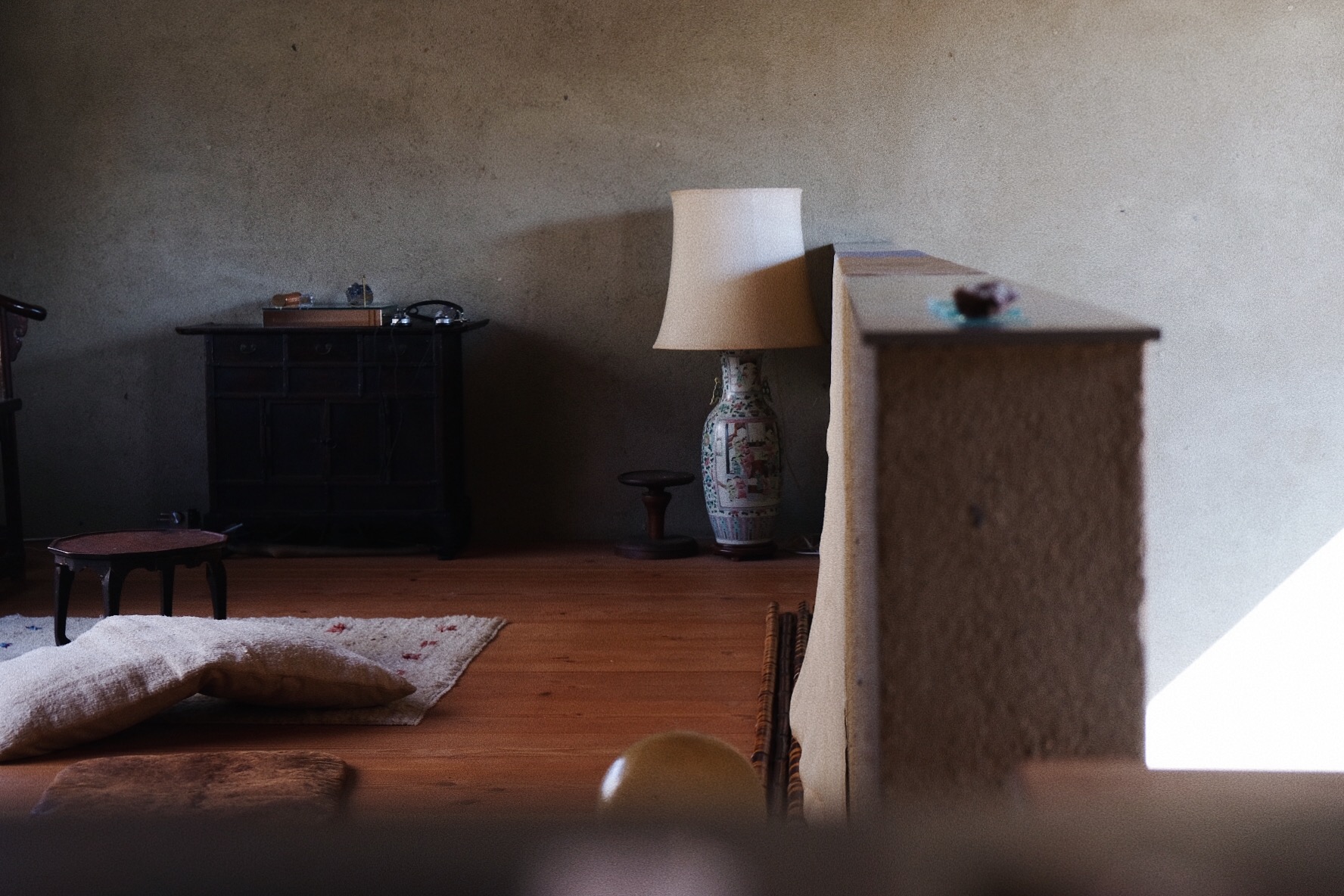Spaces Wellness
KINOSAKI -Wellness in Design
KINOSAKI
Amidst the rising popularity of infrared saunas and ice baths for wellness and relaxation, in Japan, the timeless tradition of the ‘Onsen’ firmly holds its ground. Oh and we are not here to argue, instead, we bow to its merits—beneficial for the skin, invigorating for the body, a remedy for hangovers and aging joints.
With over 3,000 onsen towns sprinkled across Japan, each offering a small haven of scattered hot springs, the allure lies in the ease of hopping from one rejuvenating soak to another, while starting the day with a wholesome Japanese breakfast and ending with a hearty feast.
While these towns certainly possess their own unique quaint “charm”, they often differ from the lavish luxury spa resorts commonly found in the West. With aging tatami mats, decor reminiscent of the 1970s, and walls that might show signs of wear, they don’t always exude a strong design focus. For years, we embraced this and even turned a blind eye or two, attributing it to the ‘onsen’ experience. However, a small onsen town called Kinosaki is breaking this mold.
Located just a 2 ½ hour train ride from Kyoto, Kinosaki Onsen offers a serene and traditional escape from the bustling cities of Kansai.What makes Kinosaki unique is its embrace of openness. Unlike many traditional onsen towns, Kinosaki welcomes individuals with tattoos into all seven of its public bathhouses. It’s a town that cherishes its history while remaining open to modern perspectives.
This open-mindedness resonates throughout Kinosaki’s modern transformations. While maintaining historical charm, Kinosaki has seamlessly blended design with tradition. Cafés like ‘Off Kinosaki’ offer Western cuisine in trendy settings, and pop-up shops like ‘MMM Kinosaki’ collaborate with designers from all over the world. In the realm of accommodations, visionary designers have fused traditional ryokans with contemporary wellness retreats.
Among these designers leading the charge in these renovations are well-regarded figures with a track record of crafting notable sites throughout Japan. The list include Yasushi Horibe, Suppose Design Office, Koichi Futatsumata, Shuhei Sasoka ,Ryo Matsui Yasushi & Mana Kobayashi ,Shigeru Uoatani and Hiroyuki Kakita.
So what motivated a busy designer like Yasushi Horibe, the creative force behind Japan’s most luxurious cruise experience ‘Guntû’ to embark on the transformation of an aging inn in Kinosaki? The answer lies in what Horibe casually refers to as ‘The Kinosaki Spirit’. Horibe, who spearheaded the 2019 renovation of Sensui Inn, elaborates that Kinosaki distinguishes itself from conventional tourist towns by embodying a unique essence and adopting a collective spirit. This resonated with other designers, who were equally captivated by the town’s aspiration to create an inviting ambiance for all visitors.
The ‘Design X Onsen’ oasis branding wasn’t a deliberate strategy; it developed organically, shaped by the creative input of ryokan and inn owners, as well as designers. While sharing the goal of enhancing the town’s appeal, each designer tackled their unique challenges and pursued individual focal points, leading to a diverse range of ryokan and inn styles.
For Sensui Inn, with it’s clean white walls, polished wood and tiles, Horibe’s focus was to respect the space, avoiding a forced transformation that feels artificial.Sensui took a slightly Western route in their design, but the magic lies in how it complements the three onsen baths that welcome guests. Moreover, Horibe’s vision extended beyond guest comfort to also accommodate the well-being of the staff—after all, they are the ones spending the most time at the inn. This intention materialized through thoughtful adjustments like altering the floor levels in the dining area and ensuring the curved ceiling allowed plenty of natural light to stream in.
Ai Yoshida of Suppose Design Office,the designer of Kobayashiya ryokan, also had a similar goal: no fakery. “Texture is vital in ryokan design,” she noted. With guests walking barefoot, everything had to feel good and genuine. The grand suite room within the ryokan carries an aura of moodiness, sexiness, and darkness. Yoshida deliberately crafted this ambiance to accentuate the exterior view of the willow tree and the serene Kinosaki canal. In addition, Kobayashiya ryokan boasts a library adorned with a curated collection of inspiring design books, overseen by renowned book curator Yoshitaka Haba.
For Koichi Futatsumata who was in charge of the renovations of Ryokan Mikiya had a clear mission: to seamlessly integrate the old and new designs of the ryokan. “Perhaps in another decade, my wish is that distinguishing between the new and the old becomes a challenge,” he mused.Notably, even Futatsumata’s designed furniture found its place seamlessly within the ryokan’s interior, eschewing any sense of displacement. As Futatsumata and the ryokan owner exchanged ideas about the renovation design, it became evident that their relationship had evolved beyond a mere ‘client and designer’ dynamic.
Hearing other ryokan owners and designers passionately speak about one another, it seemed this sentiment held true for other collaborations too. Could ‘The Kinosaki Spirit’ stem from ‘immersing in an onsen and being enveloped by thoughtful design’? Perhaps, just maybe, all professional relationships, whether business-related or not, could benefit from elements like ‘onsen, delightful cuisine, and thoughtful design’ woven into their fabric.
This collective feeling of ‘The Kinosaki Spirit’ is also felt with the town’s unique feature the “sotoyu meguri” tradition, which involves visitors donning yukata robes and wooden geta sandals to stroll from one public bathhouse to another. This custom has been cherished for centuries, providing a way for locals and visitors to enjoy the town’s seven different bathhouses, each with its own unique mineral composition and health benefits. Also a side note, for those who are adorned with ink: Kinosaki stands out as an open-minded onsen town where all seven bathhouses welcome individuals with tattoos.
Kinosaki combines tradition and innovation, making it a standout in Japan’s cultural landscape. Amidst changing wellness trends, it maintains its historical roots while incorporating new design concepts. By merging its historical essence, the ‘Kinosaki Spirit,’ with contemporary aesthetics, the town becomes more than just a hot spring destination. It seamlessly blends timeless charm and modern creativity. It is this firm foundation laid by its locals that lends Kinosaki an authentic ambiance, making it not just a typical tourist destination but a privileged glimpse into the distinctive Kinosaki way of life.
Ryokans/Inns and it’s designers:
Sensui Inn- Yasushi Horibe
Kobayashiya- Suppose Design Office
Mikiya- Koichi Futatsumata
Kinsui- Shuhei Sasoka
Mikuniya- Ryo Matsui
Kojinmari- Yasushi & Mana Kobayashi
Tsubakino- Shigeru Uoatani
UTSUROI TSUCHIYA ANNEX – Hiroyuki Kakita
The other musts in Kinosaki:
Cafe- Off Kinosaki
Shop- MMM Kinosaki (The shop is only open during their pop up period so please check their opening hours)
Luxury Ryokan- Nishimuraya Ryokan
Sushi- Orizuru
Co-working space where you can work and soak (designed by Jo Nagasaka / Schemata Architects:WORKATION IN TOYOOKA (WIT)
Words: Sara Aiko
Photos: Sara Aiko
Profile Pictures of designers: Mitsuru Nakajima
Photos 1-6: Sensui Inn
Photos 7-11 Kobayashiya
Photos 12- 17 Mikiya
